albertorc19
Well-Known Member
- Joined
- Nov 28, 2009
- Messages
- 56
- Reaction score
- 20
Really liked the cartoon, the moral is: "No machine is too big, no matter how small the model" 

I would love to have a Bridgeport mill. Currently I have a LuxMill I acquired in 1985. This mill is still available under many OEM names such as the Grizzly G0730. I consider it just barely adequate in size. As a matter of fact I made a head spacer that increases the maximum distance between the spindle to table by 5 inches. This was the only solution that allowed full use of my 6" rotary table mounted to the Mill table and be able to use Jobber length drill bits in a Jacobs chuck mounted in the spindle. This would have never been a problem had I had a Bridgeport mill. If I had it to do over again I would have purchased a Bridgeport back in 1985.
No it isn't too big! This is actually the easy question to answer.If one were "hypothetically" looking (thinking) about a used Bridgeport mill (Series I), two questions come to mind:
1. Is this too big for model engines?
This is the much much harder question to answer. However close visual inspection is a must. Obvious things like gouged or scored ways should set off alarms but you need to be able to judge this against normal wear. Frankly any mill that has been used a lot will have some signs of wear. If you haven't inspected a machine before purchase it might be helpful to enlist the aid of a local machinist or machine tool repairer to look it over.2. What are the things to check while looking (i.e. how would one know if it's worth buying?)
It is almost impossible to buy used anything that doesn't require at least a little work.No, I'm not interested in rebuilding the top end, spindle, bottom end or any end. I'm not going to scrape the ways.
If you want a guarantee buy a new mill! If not that then you need to inspect the machine very very closely to make sure it will meet your needs. Even so you should expect that a used mill will require some tinkering from time to time. As for what to look for, that is harder to describe, obvious wear on the Gibbs and ways should be easy to see. Many things should be measured, such as spindle runout, but that really requires test arbors to be done well. Look for missing parts and obvious damage. Listen too to bearings with the spindle running.A working mill, that will perform accurately is the criteria. If it were your money, what would you look for.
Thanks
Belt drive and vari-speed. Different table sizes. Some with Accurite or Newall DROs. I plan on removing the DRO from my BF20 so that is probably not an issue. I'm leaning towards a belt drive and using a VFD for 3 phase power.
Albert,Really liked the cartoon, the moral is: "No machine is too big, no matter how small the model"
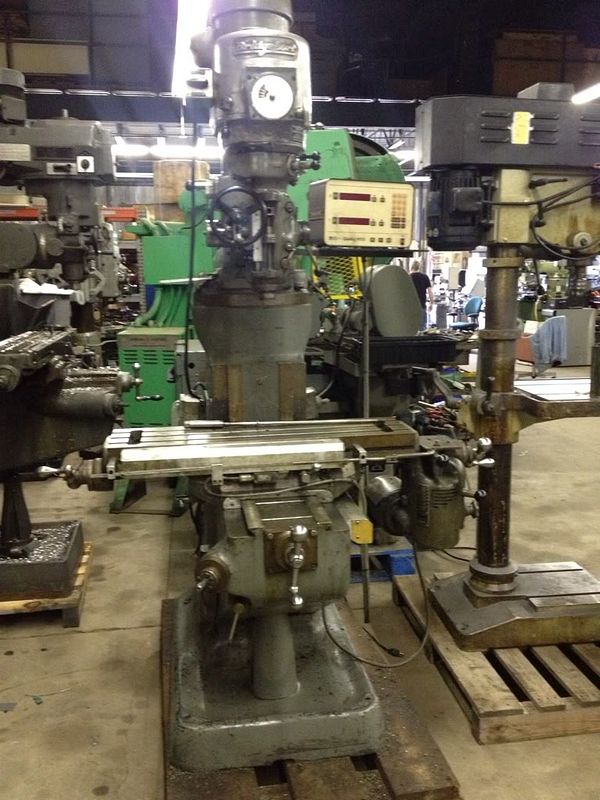
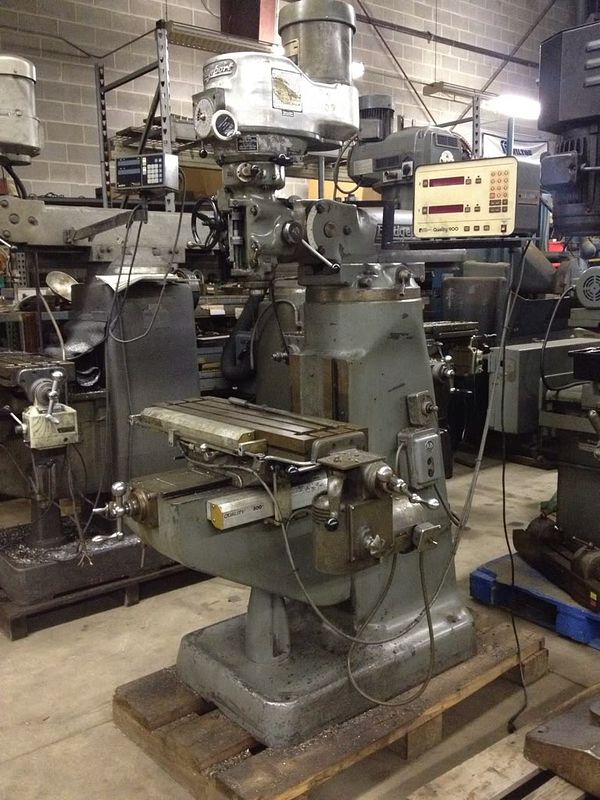
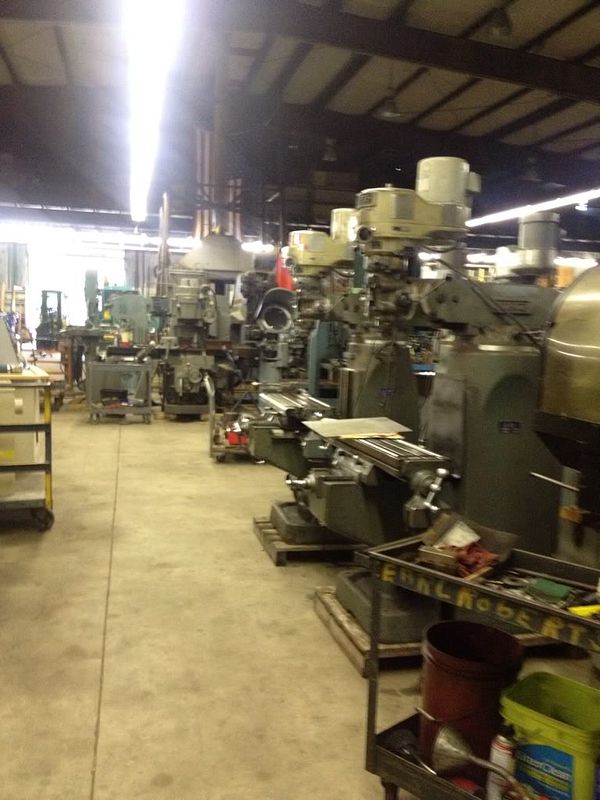
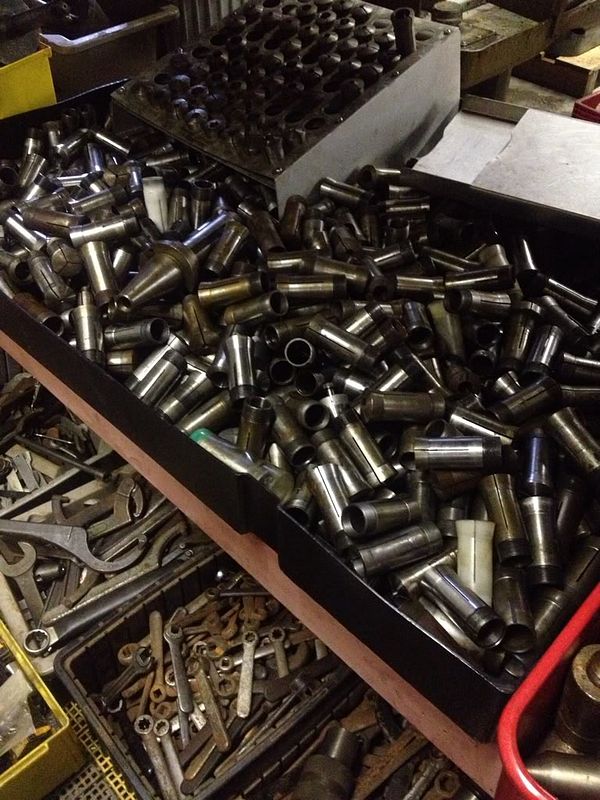
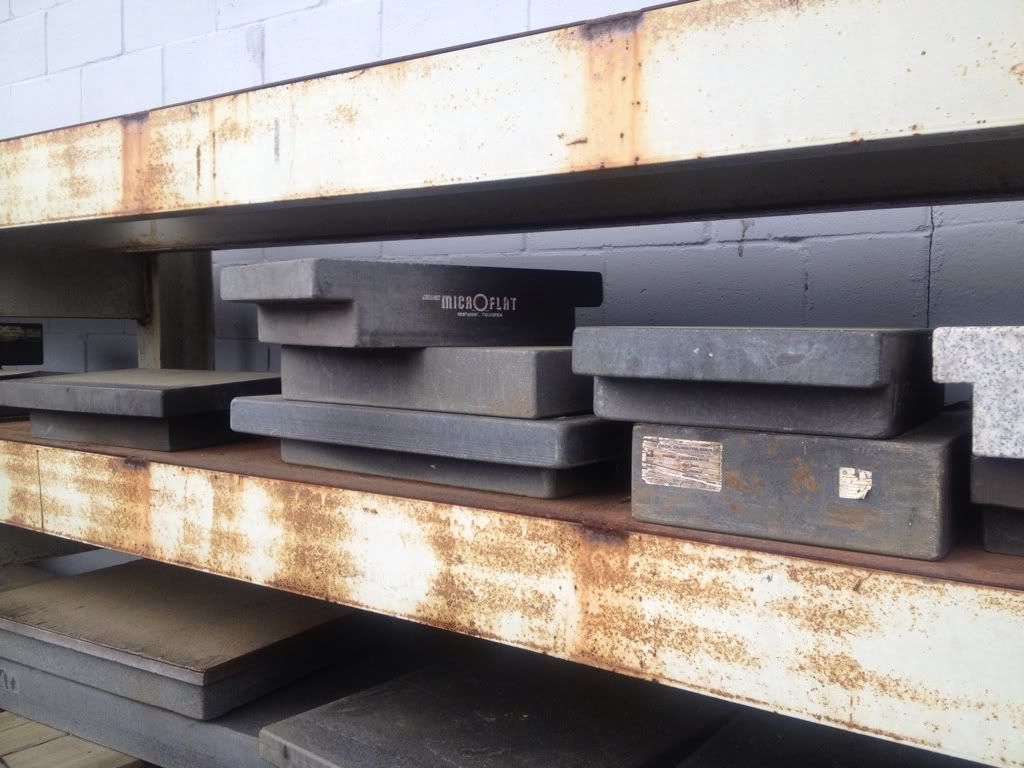
Enter your email address to join: